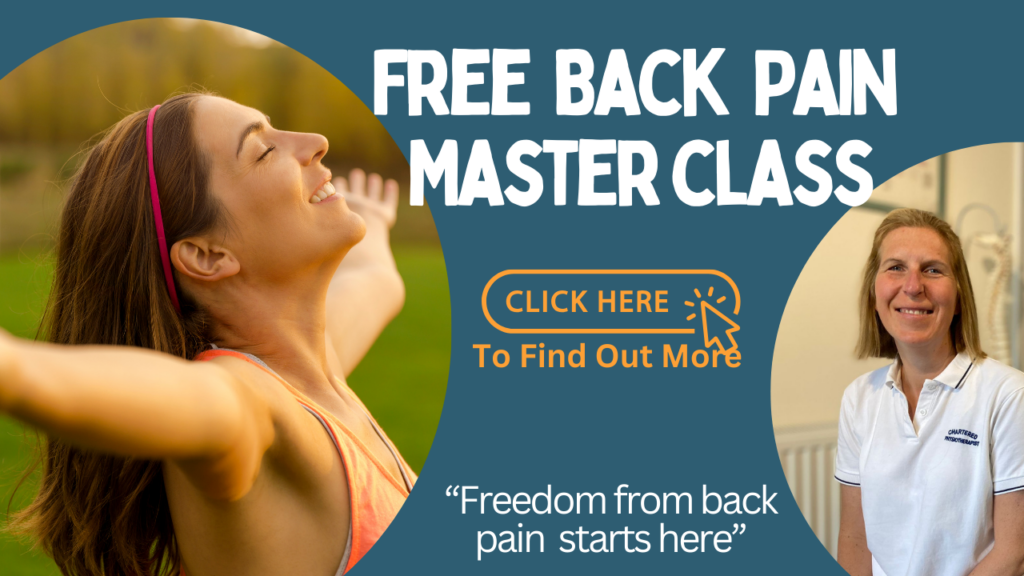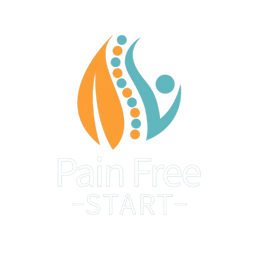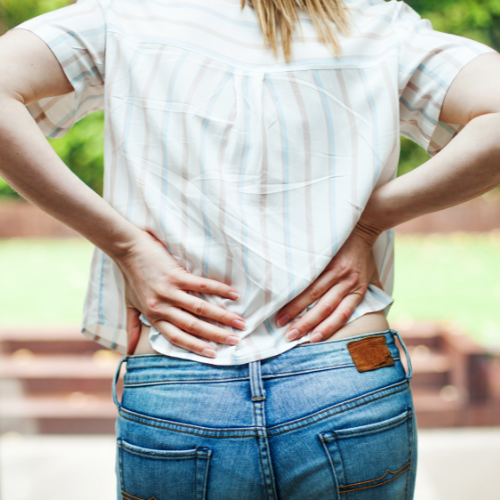Introduction
Lower back pain is a common complaint that affects many people, especially during prolonged periods of standing, and as a physiotherapist one that I often hear in clinic. In this blog, my goal is to help you understand the reasons behind this discomfort and provide guidance on how to alleviate it. Together we will explore the causes of lower back pain when standing, we will explore the research and share practical advice for you to try.
Common Causes of Lower Back Pain When Standing
- Poor Posture – Poor posture is one of the most common causes of lower back pain when standing. Standing with a forward head tilt, rounded shoulders, or an excessive arch in the lower back can place undue stress on the spine and surrounding muscles. Over time, this stress can lead to pain and discomfort.
- Muscle Fatigue and Weakness – Standing for long periods can cause muscle fatigue, particularly in the lower back and legs. Weak core muscles, which support the spine, can also contribute to lower back pain. When these muscles are not strong enough to maintain proper alignment, the lower back muscles may overcompensate, leading to pain.
- Degenerative Disc Disease – Degenerative disc disease is a condition where the intervertebral discs in the spine deteriorate over time, leading to pain and stiffness. This condition can be exacerbated by prolonged standing, as the discs experience increased pressure.
- Spinal Stenosis – Spinal stenosis is the narrowing of the spinal canal, which can compress the nerves and cause pain. This condition often worsens with standing and walking.
- Spondylolisthesis – Spondylolisthesis occurs when one vertebra slips forward over the one below it, causing instability and pain. Standing for extended periods can aggravate this condition, leading to increased lower back pain.
Research Insights
According to a study published in the journal Spine, prolonged standing is associated with increased lower back pain in individuals with and without a history of back pain. The study found that poor posture and muscle fatigue were significant contributors to this discomfort. Another research study from the British Journal of Sports Medicine highlighted the importance of core strengthening exercises in reducing lower back pain, particularly for those who experience discomfort while standing.

Practical Tips to Alleviate Lower Back Pain
- Improve Your Posture
- Pay attention to your posture when standing. Make sure you are not putting too much weight through your toes. Keep your head aligned with your shoulders, your chest lifted and your shoulders back, and avoid arching your lower back excessively.
- Strengthen Core Muscles
- Incorporate exercises that target your core muscles, start with some simple exercises such as pelvic tilts. Get advice from a physiotherapist or specialist pilates instructor with experience treating back pain, and don’t be tempted to jump straight into doing planks. Strong core muscles will provide better support for your spine and reduce the risk of lower back pain.
- Take Breaks and Move
- MOVE – even the perfect posture becomes problematic when held. Avoid standing for long periods without a break. If your job requires prolonged standing, take regular breaks to sit down or walk around. even just transferring weight between your legs will be beneficial. Gentle stretching exercises can also help alleviate muscle tension.
- Wear Supportive Footwear
- Wearing shoes with good arch support can reduce the strain on your lower back. Avoid high heels or flat shoes that do not provide adequate support.
- Use Ergonomic Aids
- I’ve not had experience with anti-fatigue mats but they claim to help distribute your weight more evenly and reduce pressure on your lower back so they might be useful to some.
- Seek Professional Help
- If your lower back pain persists, it is important to seek advice from a healthcare professional.
Conclusion
Lower back pain when standing is a common issue that can stem from various causes, including poor posture, muscle fatigue, and underlying spinal conditions. By understanding these causes and implementing practical strategies, you can alleviate discomfort and improve your overall well-being. If you continue to experience lower back pain, seeking professional help can provide you with the guidance and support needed to manage and overcome this condition.
For more information and personalised advice, feel free to contact my clinic or take a look at my FREE masterclass. Let’s work together to find effective solutions for your lower back pain and enhance your quality of life.
Take care, Helen
Helen Manders BSc (Hons) MCSP HCPC
Chartered Physiotherapist
Treating Back Pain Since 2001




